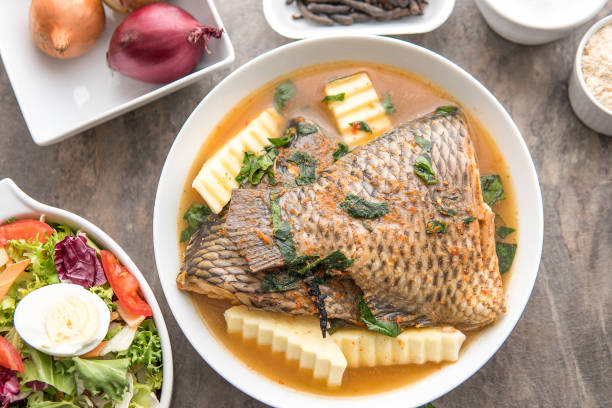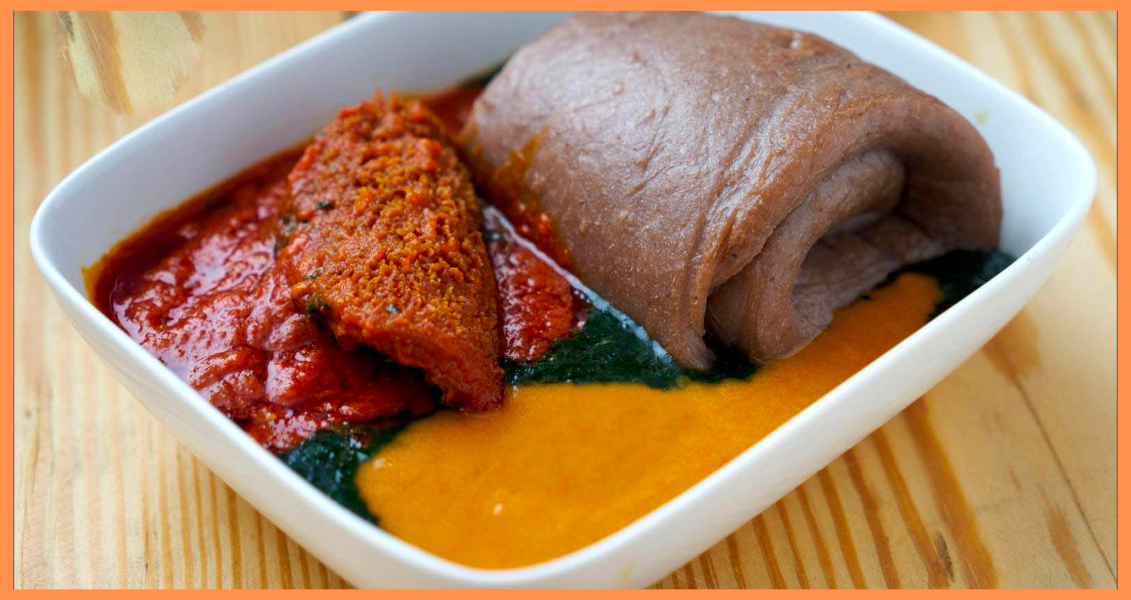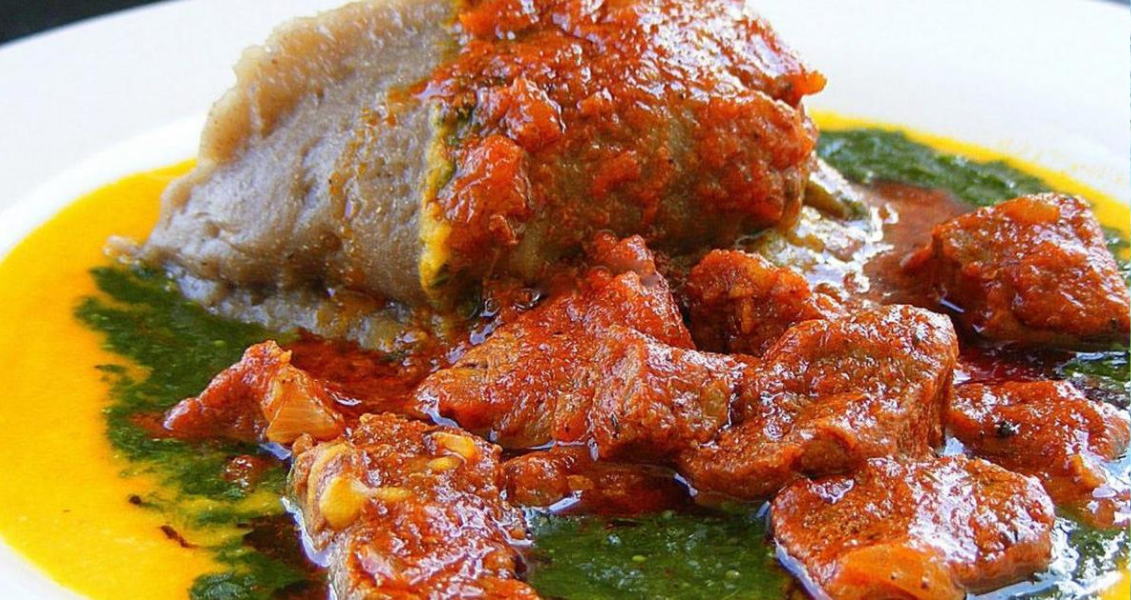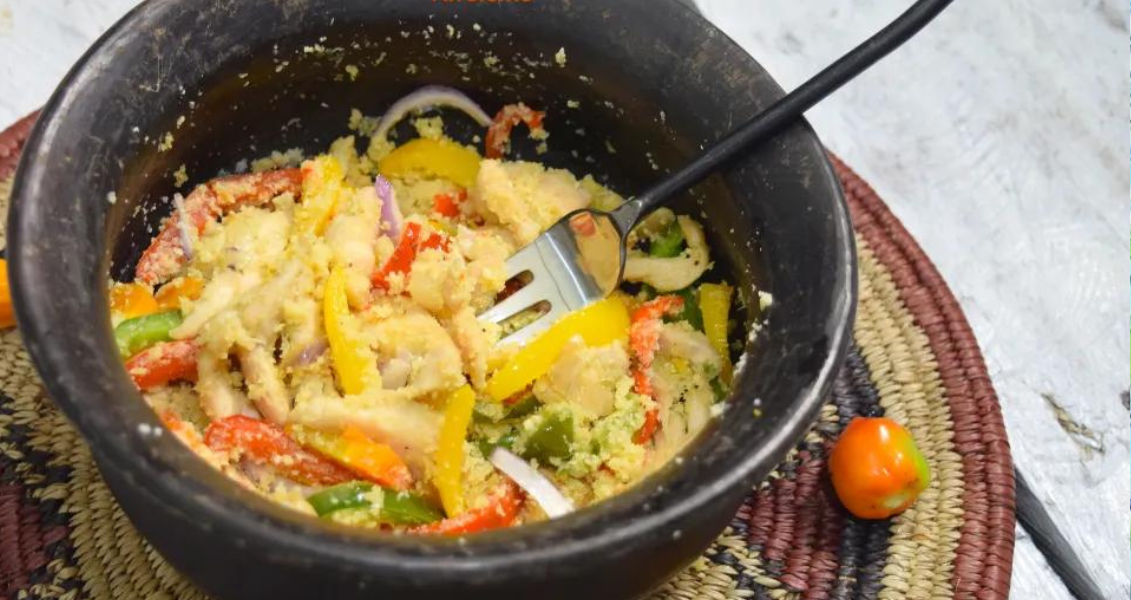If you type ‘Indomie noodles recipe’ into your Youtube search bar right now, you’ll see Indomie noodles looking like an expensive baddie. You’ll see it rolling with generational bad guys like fried chicken and scrambled eggs. You’ll see it slaying with carrots and green peppers and peas. If you scroll further down, you’ll see it rubbing shoulders with suya — and even goat meat! That’s how much of a baddie Indomie has become.
But it wasn’t always like this. Some of us knew Indomie way before it became a baddie. We knew it when it was a humble babe with only onions and maybe pepper to keep it company. We know it from its “to me, to you… it’s up to us to make the world a better place” commercial. We knew it when it was comfort food for small children. But Indomie knew that no condition is permanent and she prayed hard to the food gods — and now, she’s glowed up so hard she’s now chilling with the big boys in bars, lounges, hotels, and even the occasional high end restaurant.
Indomie in the 1990s
Although plain, Indomie knew its worth. Which other food could you throw together in five minutes apart from garri? None. Indomie started slow. It started with lip gloss. It was still plain but people started serving it with a side of salad — nothing fancy, just cabbage, onions, and some mayo. Its close friend, fried rice, a generational baddie that took a liking to Indomie told it could be more if it allowed itself to be stir-fried.
Then came the 2000s…
It was fried rice’s advice that changed Indomie’s life. Everyone knows you have to dress up to look the part if you want to be stir-fried. And that you get everything for free. And just like that, Indomie levelled up. It wasn’t there yet, not quite, but it had begun its ascent and was taking long strides. Indomie knew it had to be versatile like rice if it was ever going to make it to the big leagues. It had to let itself be paired with everything. It had to be able to go the native route with palm oil and crayfish and still show up and show out with chicken and goat meat. It didn’t even discriminate against vegans who liked theirs with only vegetables. It had to make friends with vendors on street corners. It had to be for everybody.
Indomie had always been envious of Jollof rice and how it was loved by everyone. The noodle wanted that status for itself and decided to spy on Jollof. It soon found that the secret was tomato sauce. Indomie was already familiar with all the other ingredients like shrimp, prawns, bell peppers, peas, and even mushrooms, but it wasn’t quite there yet. Tomato sauce helped it become that bitch.
Tomato sauce gave it that luxuriant red colour that made every neck turn. With tomato sauce, Indomie lost its plain look and stepped into its baddie era. With tomato sauce, everyone wanted to be its friend. Chicken called many times, and begged and begged before Indomie agreed to pose with it. Goat meat and suya had to send formal proposals. Shrimp and prawns are regular now.
The 2010s — the decade of the Indomie slay
Indomie knew it had finally really made it when it started to make appearances on the menu for fancy restaurants as ‘stir-fried noodles’. It started mixing with foreign baddies like low-sodium soy sauce and Worcestershire sauce. And just like that, Indomie went international. Today, it could be with bone broth, pretending to be pho, slaying in Vietnamese ingredients; tomorrow it is partying with steak and getting high with Portobello mushrooms and snap peas. On weekends, you can catch it taking shots with hot sauce in an air-conditioned restaurant on Victoria Island. Indomie has made it in life and it knows it.
But as the premium noodle in Nigeria, it doesn’t want to rest on its laurels, before — food-god forbid — a raggedy noodle like Supreme snatches its crown. Indomie still has lofty aspirations, like every high-flying baddie, to fly even higher, to achieve more. Indomie’s biggest aspiration in life now is to partner with caviar and be served with champagne.
For other foods that want to be like Indomie, have self-esteem. Know your worth. Don’t let anyone spoil your chances of being international by violating you with ogiri and okpehe. Be intentional about your growth. Look at Jollof rice for example, consider how it used internet propaganda to convince everyone that it’s better than fried rice. That’s intentionality right there. We’ll soon be ready to expose it. Follow @ouropensauce on Twitter and Instagram to be the first to know when we do.


















